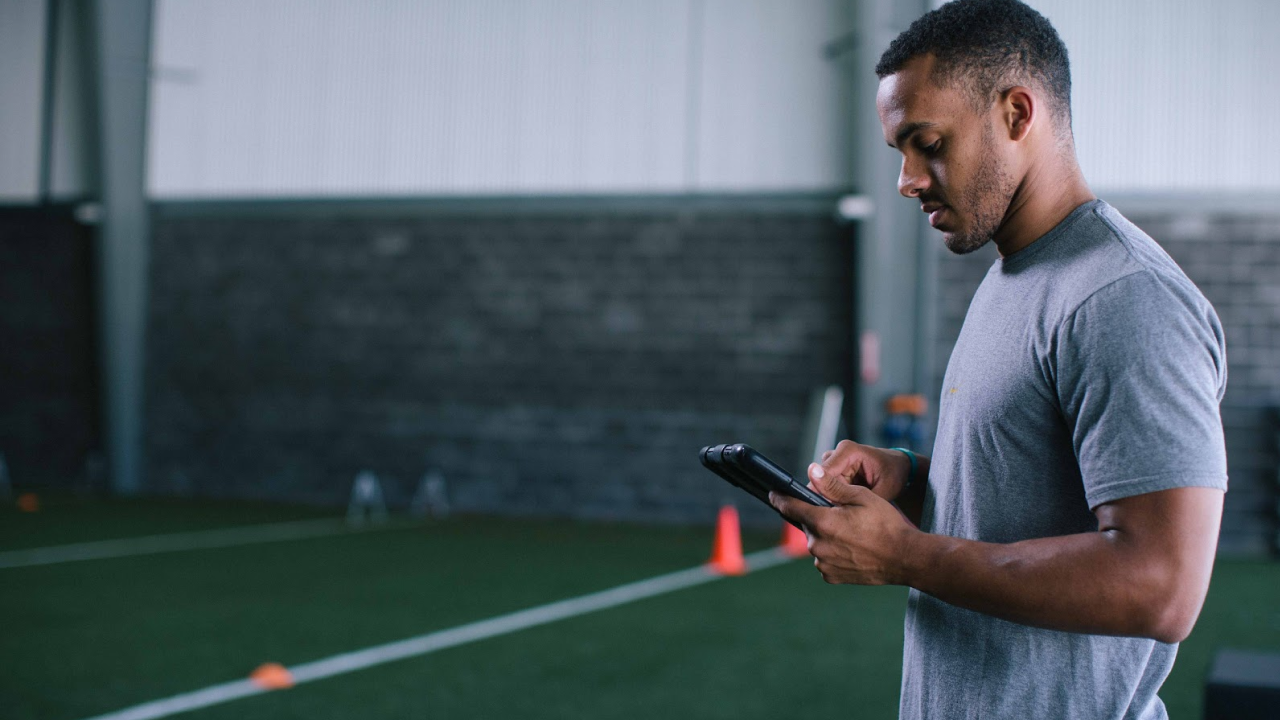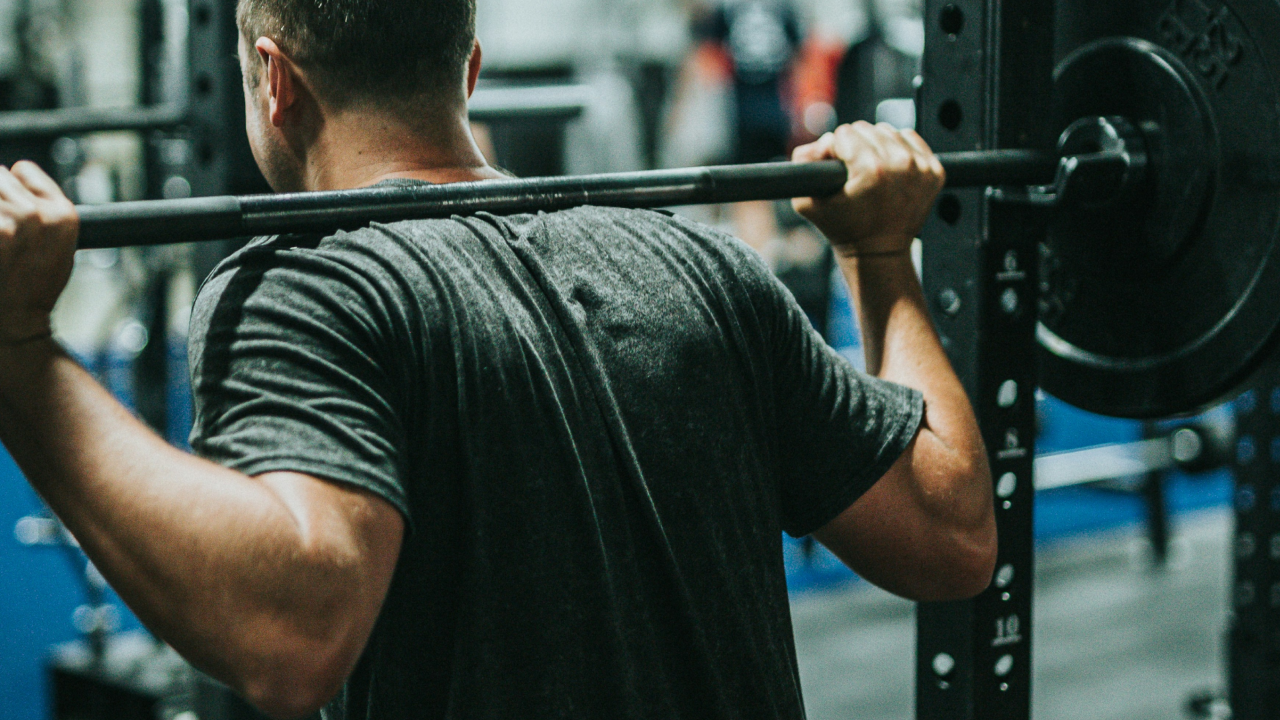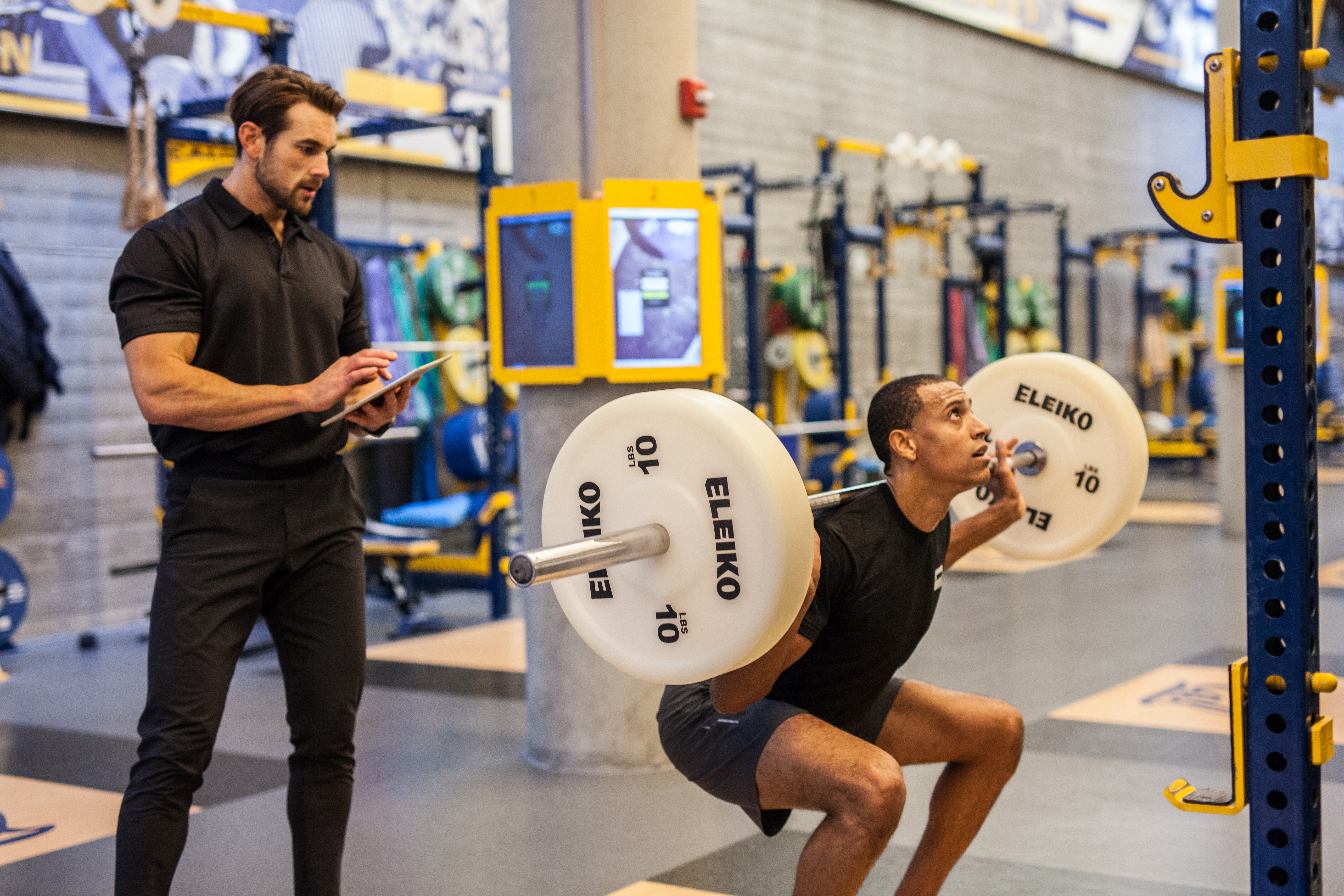Strength Training Beyond Maximal Strength: Enhancing Endurance and Work Capacity
When strength and conditioning coaches enter the weight room, the main goal is to develop the primary physical capacities that are most related to the athlete’s sport. The most common objectives of strength training are increasing maximal strength and power output. However, as a part of most periodized training programs, strength coaches often include high volume/repetition training phases with the goal of increasing muscle size, and additionally work capacity and metabolic alterations which can support greater strength adaptations down the road.
Increased strength and peak power may be the end goal for most strength-power athletes, but when working with team sport athletes or even endurance athletes, the process may not stop here. Research has shown the benefits of strength on mechanical efficiency, injury resiliency, and power production, but some aspects of the effects of increased strength on work capacity, metabolic changes, and exercise endurance tend to be uncertain or under appreciated.
Recently I, along with my colleagues from East Tennessee State University’s Sport Science Lab, conducted a training study examining the use of accentuated eccentric loaded (AEL) weight releasers. AEL weight releasers are a tool that provides additional load (we used 110% of 1RM) during the eccentric portion of a lift, drop off the bar at the bottom of the lift, leaving normal load during the concentric portion.
Our study investigated AEL during a strength and endurance training phase, which included other weight room exercises along with sprints and COD, to mimic a typical training block for an athlete. We examined two recreationally trained groups (pair matched and randomly selected, based on relative strength, Back Squat & Bench press): AEL vs traditional loading of the main strength movements.
For 4 weeks, participants trained 3 days a week in the weight room (3 sets of 10 for main movements at 62-70% of initial 1RM) and twice a week sprinting and COD. We wanted to investigate how the strength endurance block of training changed the ability to do high intensity endurance exercise (HIEE). Our high intensity exercise endurance (HIEE) test included sets of 10 back squats, with load increasing each set until failure.
AEL training with weight releasers affords the unique opportunity to overload the eccentric aspect of the movement with supramaximal loads, while allowing the concentric portion to be performed with submaximal loads. This allows coaches to prescribe an increased workload without increasing the volume in the traditional sense of adding more sets or reps. Therefore – we believed we might find some interesting differences between the two groups.
Main Findings
As expected with training - back squat 1RM improved in both groups. Similarly, both groups also improved by accomplishing more total reps in the HIEE test. This is an expected improvement with training sets of 10. Both groups also realized no change in how much lactate was produced during the intermediate stages (the same loads throughout the test) and failure point of the test. This is important since all participants failed at a later point, meaning they increased metabolic efficiency, as the participants did more work with the same work cost.
The main difference that we observed between groups was that the AEL group failed after training at a higher percentage of their relative to body weight strength. Additionally, the percentage of increase in back squat 1RM did not equal or explain 100% of the increase in exercise endurance or work capacity. Strength gains only accounted for about 30% of the improvement, implying that more than strength was improved during the strength endurance phase.
In summary, athletes were able to do MORE work with LESS metabolic fatigue or reliance on anaerobic products. Unfortunately, further study will be needed to examine what accounts for this increased ability outside of maximal strength. The athletes in the study realized a non-significant change in body weight, therefore explanations could include changes in muscle fiber composition or fiber ratios, changes in mitochondria density, or metabolic enzymes.
Practical Implications
As most S&C coaches will point out, with increased strength an athlete can perform sub maximal loads for either more repetitions or increase the load for a given repetition count. This is important as most sports, and especially endurance sports, occur at intensities below maximal force production. However, this may lead the practitioner to forgo high volume lifting, instead using lower repetition (3-6 rep) schemes to focus solely on maximal strength improvements. This may overlook a particularly important aspect of training which is efficiency and metabolic endurance/time to fatigue.
These adaptations increase the athlete’s ability to perform repeated work and their work capacity, especially at high intensities, which is highly related to factors outside of maximal strength. This may play a significant role in endurance sports, especially where maximal strength/power is rarely expressed in their event. By training endurance athletes at higher repetitions there may be an added benefit of improving their metabolic efficiency (less fatigue gained for a given amount of work) or the ability to perform a higher intensity for a longer period, with lower metabolic costs. For the team sport athlete, this could mean longer time maintained in higher intensity speeds without less fatigue and anerobic cost.
Finally, our study also implies that higher repetition training can be accomplished without major changes in body mass, which can be crucial for sports where body mass factors in - such as cross-country or weight class sports.
About the Author

Nick is finishing his PhD in Sport Science and Physiology, strength coach for ETSU (East Tennessee State University) Triathlon and Softball, contract sport scientist for USA Rowing and U19 Rowing Pathways, and avid cyclist and rower. Current research interests include resistance training and endurance sports, energy metabolism and sport performance, and Athlete monitoring and prescription.
Related Posts

Six Benefits of Exercise on Mental...
Exercise is not only vital for physical health but also plays a transformative role in mental...

4 Easy Steps to Launch and Sell a...
The holiday season offers a unique opportunity for personal trainers to reach more clients and...

4 Proven Offers to Attract Clients and...
Standing out in the competitive world of personal training and fitness coaching requires more than...



